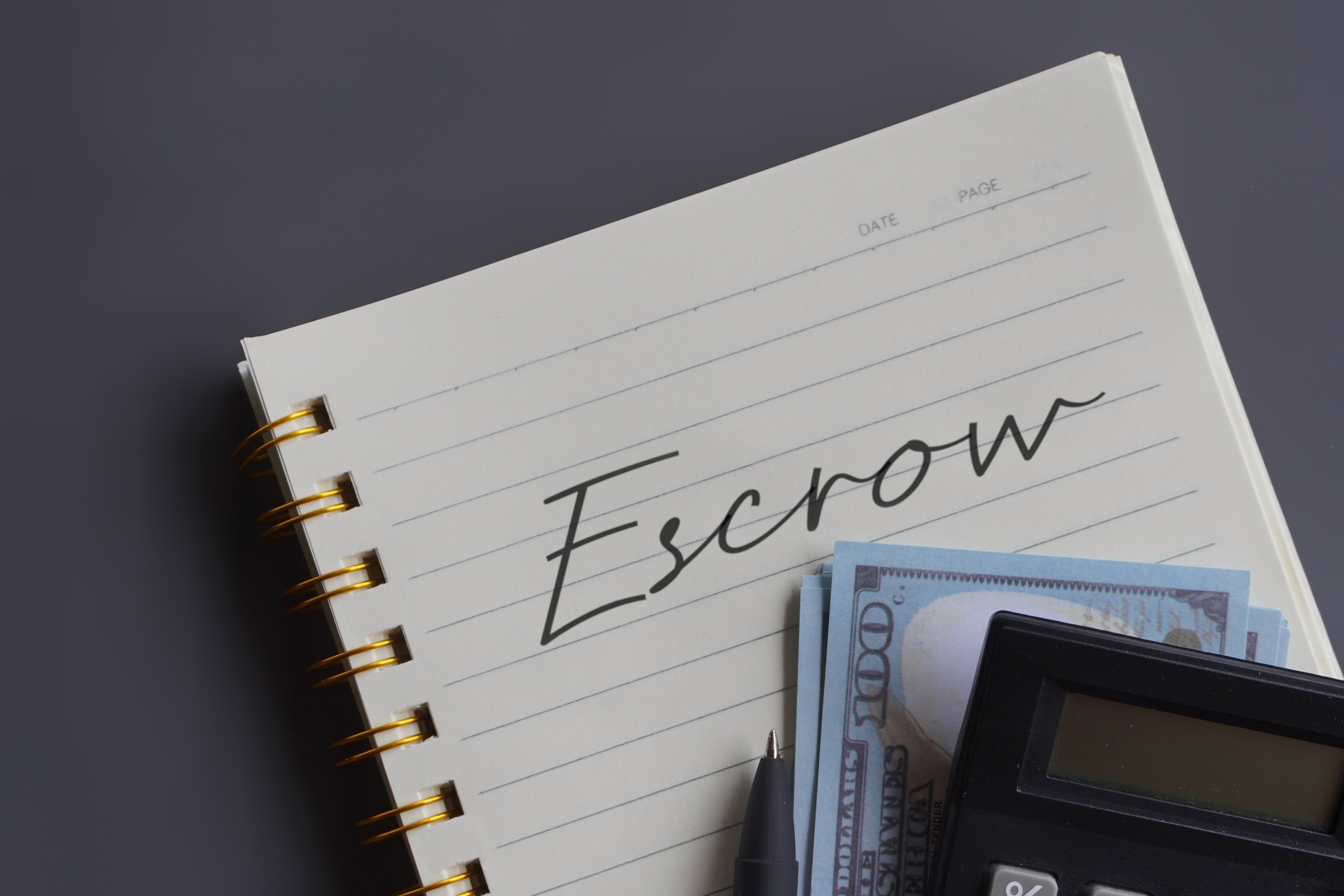All the Important Things to Know About Escrow

The concept of escrow can be confusing, regardless of how long or how little you’ve been a homeowner. However, it plays a fundamental role in your home purchase, as well as the servicing and payment of your mortgage.
Not sure where to begin on your escrow education? Let Carrington answer some commonly asked questions about escrow below:
Why do you need an escrow account?
Normally, escrow accounts are required if your down payment is less than 20 percent or if you have a certain loan type - but there are benefits even if it isn’t required. Your escrow account is there to help you manage larger expenses, like property taxes and insurance premiums, taking the weight off your wallet to save separately. Each month, you’ll make one combined mortgage and escrow payment, and it’s up to your mortgaging servicer to deposit a portion into your escrow account.
Will your escrow payment amount stay the same annually?
The amount required for escrow can vary annually because your tax bill and insurance premiums may change from year to year. Carrington will determine what your escrow payments should be for the next year based on bills paid the previous year.
Carrington will also evaluate your escrow account annually to ensure we're not over- or under-collecting. If we determine we’ve collected too much money for taxes and insurance, we’ll provide a refund. If our evaluation shows we’ve collected too little, you’ll have to make up the difference.
How do you get my taxes?
Typically, when your taxes are included in your escrow payment, the bill is sent directly to Carrington! We then pay the bill, and you’ll see it noted on your next mortgage statement.
However, some factors can impact how your escrow payments are managed, including:
- Late payments: If you’ve made a mortgage payment late, Carrington is not obligated to pay your taxes in full.
- Servicing company has changed: One of the most common reasons a tax bill is sent to the homeowner is due to a change in the mortgage servicer. This new servicer may have taken over in between billing cycles, so your tax bill was sent to the old servicing company and not paid.
- Clerical error: Clerical errors can happen to the best of us and can arise when the town or state issuing the tax bill has made a mistake.
Where can I see my escrow statement?
Simply log in to your Carrington account online, select “Documents” on the top menu, and use the dropdown labeled “Document Type” to select “Escrow Statements.” From here you can select the date range for the statement(s) you would like to view and select “search.”
For more information on escrow accounts, please click below to check out our videos on the subject.
https://info.carringtonmortgage.com/information-center/what-is-an-escrow-account


